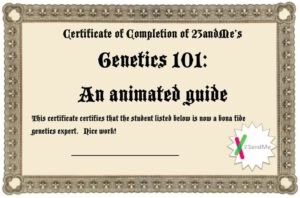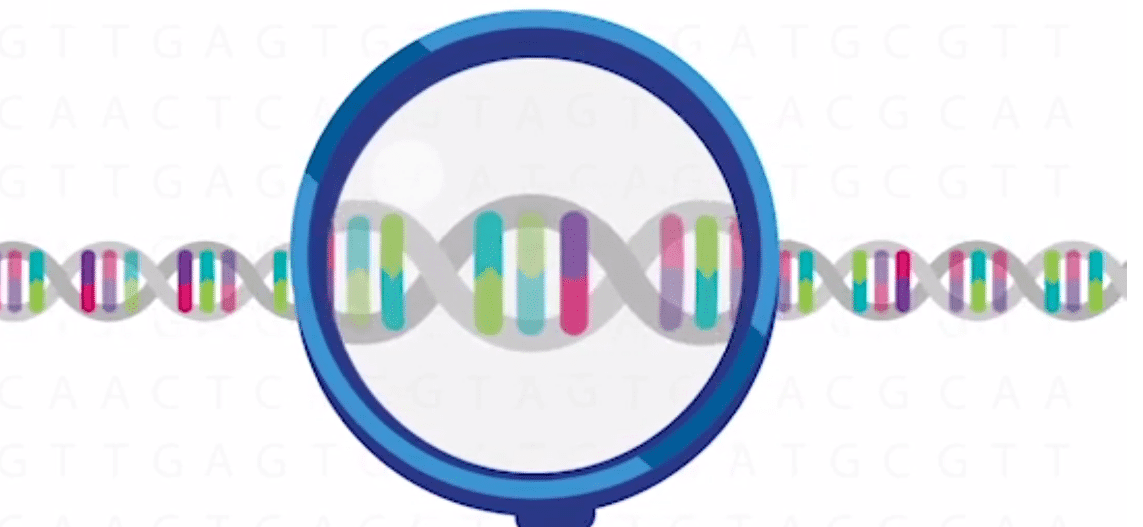 Our Hero
Our HeroGregor Mendel, an Austrian monk and biologist, worked out the pattern of inheritance of various traits. He showed that a “dominant” trait is one that always shows up in offspring while a “recessive” trait is one that is masked by a dominant gene.
Update: If you took this quiz before 10 a.m. PST on Monday, September 10th, we neglected to capture your name and email address. We sincerely apologize for this oversight. Please fill out the quiz again and this time you will be prompted to enter your name and email. We’ve extended this quiz through 11:59 p.m. PST September 16th to give you plenty of time!
Pop quiz. Who was Gregor Mendel?
If only hazy visions of pea pods come to mind you might want to buff up on your biology.
Learning about genetics isn’t just for high schoolers and college students – it’s an interesting topic of exploration no matter what your age or profession.
We’re going to help you with a quick primer and links to some of our online educational videos found on our website. And to make sure it all sunk in we’ve got a quiz at the bottom of this post.
What Are Genes?
DNA contains the instructions for making you and takes the shape of a twisted ladder, having two parallel, but complementary strands. There are four letters to the DNA alphabet – A, T, G and C. Human DNA is organized into two pairs of 23 chromosomes and chromosomes are further organized into short segments of DNA called genes. If you imagine your DNA as a cookbook, then your genes are the recipes. Written in the DNA alphabet, the recipes tell your cells how to function and what traits to express.
Where Do Genes Come From?
You were gifted with a set of 23 chromosomes from your mom and a set of 23 chromosomes from your dad. Twenty two of the pairs contain the same genes on each chromosome and are called “autosomes”. The remaining pair is composed of the “sex chromosomes” and isn’t necessarily identical – females typically have two X chromosomes and males have an X and a Y.
What Are Phenotypes?
Slight variation in your genes is part of what makes you unique. Your observable traits, also known as your phenotypes, result from interactions between your genes and the environment. Differences in some phenotypes, like height, are determined mostly by genes. If you have short parents and grandparents, you probably don’t tower over your peers, though environmental factors like a healthy diet might give you a little lift. The influence of genes on other traits, such as your personality, is less well understood.
Did you get all that? Take our quiz and find out! Prizes will be given to a random selection of people who answer all questions correctly (perfect for buying that genetics textbook on your wishlist). Good luck!
Update: This quiz is officially over!
![]() You have now completed the entire 23andMe Genetics 101 course, the second in a three-part Back-to-School educational course series! Click on the certificate below get a larger image which you can print out and display it with pride.
You have now completed the entire 23andMe Genetics 101 course, the second in a three-part Back-to-School educational course series! Click on the certificate below get a larger image which you can print out and display it with pride.
Want to continue your education? Learn about your health and ancestry with 23andMe. Not yet a customer? Visit our store.


